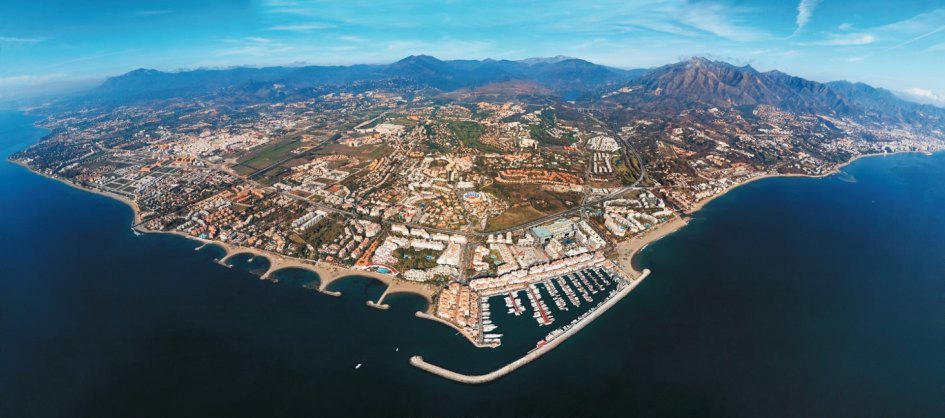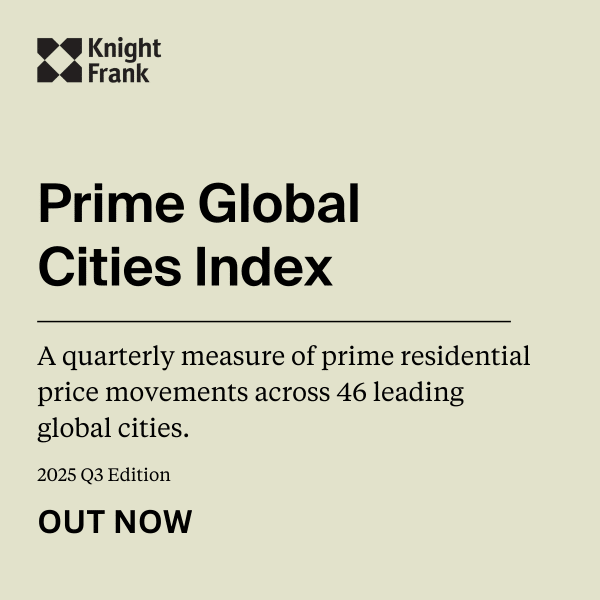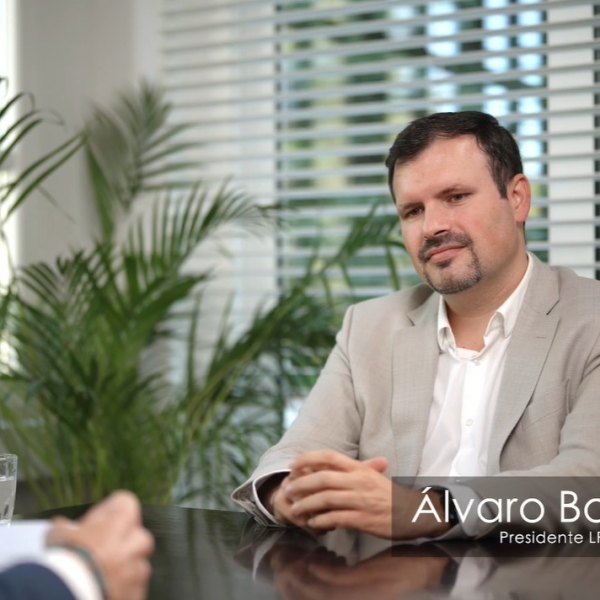Marbella’s Urban Planning – from PGOU to POU

Marbella’s history in urban planning has been a bumpy one, with many infractions and subsequent issues arising from the period (1991-2002) during which Jesus Gil y Gil was mayor. More than twenty years on, the town is still feeling the legacy of the many illegal properties inherited from that era, with an urban planning directive on the drawing board for a decade now. In this update we speak with urban planning experts, lawyer Javier Pérez de Vargas and architect Alberto Díaz Hermidas, about the complex issues of disentanglement that lawmakers and urban planners are dealing with, as well as a new vision recently set forth by Mayoress Ángeles Muñoz and her administration.
Understanding Marbella’s urban planning: 1986 PGOU to Gil’s 1998 PGOU
When Jesus Gil y Gil became mayor of Marbella in 1991, he inherited the 1986 ‘general urban plan’ or PGOU (Plan General de Ordenación Urbanística). Not content with its restrictions on construction in designated green zones and areas whose zoning did not allow for residential development, he ordered the urban planning department to start drafting a new PGOU with a more lenient approach to development. “Work on it began in 1992, and once completed in 1998, it became known as PGOU 98. This urban planning directive, however, was never approved by Andalucía’s regional autonomous government, the Junta de Andalucía, yet Gil and his administration in the Marbella Town Hall considered it to be in force and acted accordingly,” says Javier Pérez de Vargas Ruedas, leading partner at Pérez de Vargas Abogados.
“This is the key point at which the Gil administration deviated from prescribed urban planning practice and issued over 1.000 building licences that were, in effect, illegal. The fact that the town hall was working to the unratified PGOU 98 when officially the PGOU 86 was still in effect is the source of most of the problems that were inherited by subsequent administrations, including the reality that some 18.000 properties built or initiated during the period between 1992 and 2002 (including thereafter) remain legally ambiguous.” Technically they are illegal and could theoretically be torn down, but in the first place one has to be pragmatic when dealing with such a large volume of homes, and secondly new legislation has since limited the period of time during which non-legal edifices can be demolished to five years from the moment they are declared illegal.
“In the end, maybe only the skeletons of unfinished buildings will be demolished,” says architect and urban planning specialist Alberto Díaz Hermidas. “There will very likely be fines. However, these will be difficult to collect because this would require quite an infrastructure and also be highly unpopular, so such penalties will probably remain mostly symbolic. The situation has already become largely normalised, with banks now providing mortgages for all but the most obviously problematic properties, and with the arrival of the new planning guidelines the situation will be normalised within a legal framework too.”
The 2010 Marbella Urban Plan: The search for a new PGOU
“The Gil legacy that caused this situation would continue for another four years through proxy mayors, ending when the town hall was dissolved in disgrace in May 2006 and replaced by a special ‘Management Commission’ until elections were held in May of the following year,” says Pérez de Vargas. “Caught in the midst of the post-Gil fallout, one of the key acts of this temporary administration was to commission an updated revision of the PGOU 86, the result of which was the PGOU 2010.” Though it sought to normalise the situation and return a semblance of order to Marbella’s urban planning environment, the document was heavily criticised for displaying an overly pragmatic approach to the problem, whereby ‘errant’ developers were encouraged to offer economic compensations (often in the form of donating land or public works to the town) in exchange for legalisation of what had again become illegal projects in the post-Gil era.
The PGOU 2010 seemed to offer a convenient way out of trouble for Marbella, but on the 27th of October 2015, the Supreme Court of Spain ordered it to be nullified and void, with Marbella once again having to return to the rules and conditions of the PGOU 86 until a new document could be produced, and most importantly, approved. This was nine years ago, and urban development and investment in Marbella are still dependent upon a planning directive that is almost 40 years old. “For years, we have been promised a new PGOU that will not only deal with the inherited problem of legally ambiguous properties and urbanisations, but also create a successful vision and blueprint for the town’s future development and growth,” says Diaz Hermidas.
A new planning environment
Not only does the town hall under Ángeles Muñoz claim to have a clear vision for the modern Marbella of the future, but its urban planning will now also function within a new technical environment, as the new Ley 7/2021 de suelo de Andalucía sets out. Its full name – Ley de Impulso para la Sostenibilidad del Territorio de Andalucía – abbreviated to LISTA and meaning ‘Law for the Promotion of Sustainability of the Territory of Andalusia’, sets out a new environment and approach to urban planning within the autonomous region. This change is aimed at giving planning departments the tools with which to adapt to new realities and goals, such as the development of modern (digital) infrastructures, sustainability and ways of tackling traffic congestion, water and energy usage, as well as creating new homes and (green) public spaces.
As part of this, the old PGOU system will be replaced with a new POU (Plan de Ordenación Urbano or ‘urban plan’) and a PGOM (Plan General de Ordenación Municipal or ‘general municipal plan’).
The main difference between the POU and the PGOM lies in their scope and specificity within territorial and urban planning:
- The Urban Plan (POU) aims to provide detailed urban planning of the existing city and addresses the needs for its improvement, regeneration, and rehabilitation. It is a planning document specifically focused on the development and organization of urban land.
- The General Municipal Plan (PGOM) contains the general urban planning, being the instrument that configures and defines the city model in the medium and long term. It is a broader document that encompasses the entire territory of a municipality, including both urban and rural areas.
The Marbella Town Hall submitted its PGOM in January 2024, but while this is an important blueprint for the subsequent implementation of urban planning and development, it is somewhat theoretical and falls short of the practical and technical applicability of the POU, upon which we still wait.
It is said that the POU will be ready within a two-year time span, but the fact that the town hall will now be less dependent upon the Junta de Andalucía for its final approval has real significance, particularly in relation to avoiding further delays. “The new process also allows for greater citizen involvement through an online participation forum, and it replaces Suelo Urbanizable (land that can be reclassified as urban) with simply areas defined as Urban (buildable) and Rustic (non-buildable). The new document should therefore simplify and indeed codify the process of approving building licences, and as such be far less susceptible to abuses,” says Alberto Díaz Hermidas.
The vision for Marbella in the 21st century
In keeping with the prevailing international trend, the vision for Marbella in the near to medium future is clearly focused upon sustainability, the enhancement of digital infrastructure with a view to creating a ‘smart city’, expanded green zones and public spaces, updated infrastructure, and improved mobility. It is hoped that the current traffic jams will be ameliorated through the further development of pedestrian and cycling pathways, more public transport, short-term car rental/usage schemes, and the expansion of services in residential areas, as a result of which residents and visitors won’t have to travel as far or use the main coastal highway to access daily services.
“Another requirement that has been recognised is the provision of more affordable (rental) housing,” says Alberto Díaz Hermidas, “all against a backdrop of retaining and nurturing the quality of life and five-star brand that makes Marbella internationally renowned.” Javier Pérez de Vargas agrees, summarising that the ambition is to create a newly evolved Marbella that is inclusive, efficient, orderly, green, connected and rich in its diversity.
“Once approved and in force, the new POU will provide the local town hall with the tools it needs to develop a master plan that is in line with the needs of today and the near future. The situation regarding semi-legal properties will be clarified, and those that fall within the illegal category will receive fines, with perhaps only a few unfinished building skeletons being torn down and replaced with new projects. Marbella’s days of ‘being in the desert’ in terms of urban planning, are nearing their end, and fortunately the infractions of the past will no longer be possible within the new framework. This, in itself, is something worth waiting for.”
Indeed, after a succession of PGOUs that saw Marbella’s urban development subject to the 1986 plan, the loose interpretations of the PGOU 1998, the pragmatism of the PGOU 2010 and finally the return to a decades old urban planning directive (PGOU 1986), Marbella has emerged with a blueprint (PGOM) that maps out the vision for its future, and hopefully soon a POU that provides the technical framework within which this will be carried out. It is said to be a more secure and inclusive process of urban planning, and should also significantly simplify and accelerate the process of applying for building licences within an urban environment that will already have dealt with the, as of yet, ambiguous status of thousands of properties built in the 1990s and 2000s.
Key points of the new vision for Marbella include:
- Normalising this situation and giving thousands of homeowners the legality they need.
- Modernising infrastructures both physical and digital, improving mobility (partly through the creation of decentralised services complementary to the main centre), and the expansion of green zones and public spaces within an increasingly sustainable approach to urban development.
- The new PGOM sets the tone for what is to come and the POU will be the vehicle through which it will be realised – paving the way for an important new chapter in the city’s history.
Contributors:
Javier Perez de Vargas, partner at Pérez de Vargas Abogados - Specialists in Urban Law.
Alberto Diaz Hermidas – Architect and Urban Planning Specialist.
Pia Arrieta, 23 Aug 2024 - Intelligence - News
Related Articles

Knight Frank’s Prime Global Cities Index, Q3 2025.
1 min. read · Pia Arrieta

Knight Frank’s European Outlook 2026: A Clear View of What’s Next for Europe’s Property Markets
2 min. read · Pia Arrieta

Building Trust in Marbella’s Property Market | LPA Insights
20 min. read · Pia Arrieta

Knight Frank Global Super-Prime Intelligence Q3 2025
1 min. read · Pia Arrieta